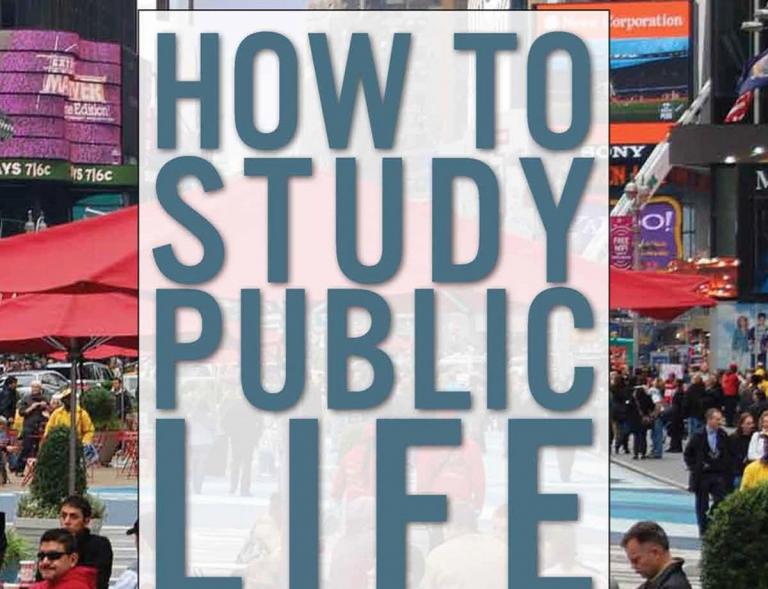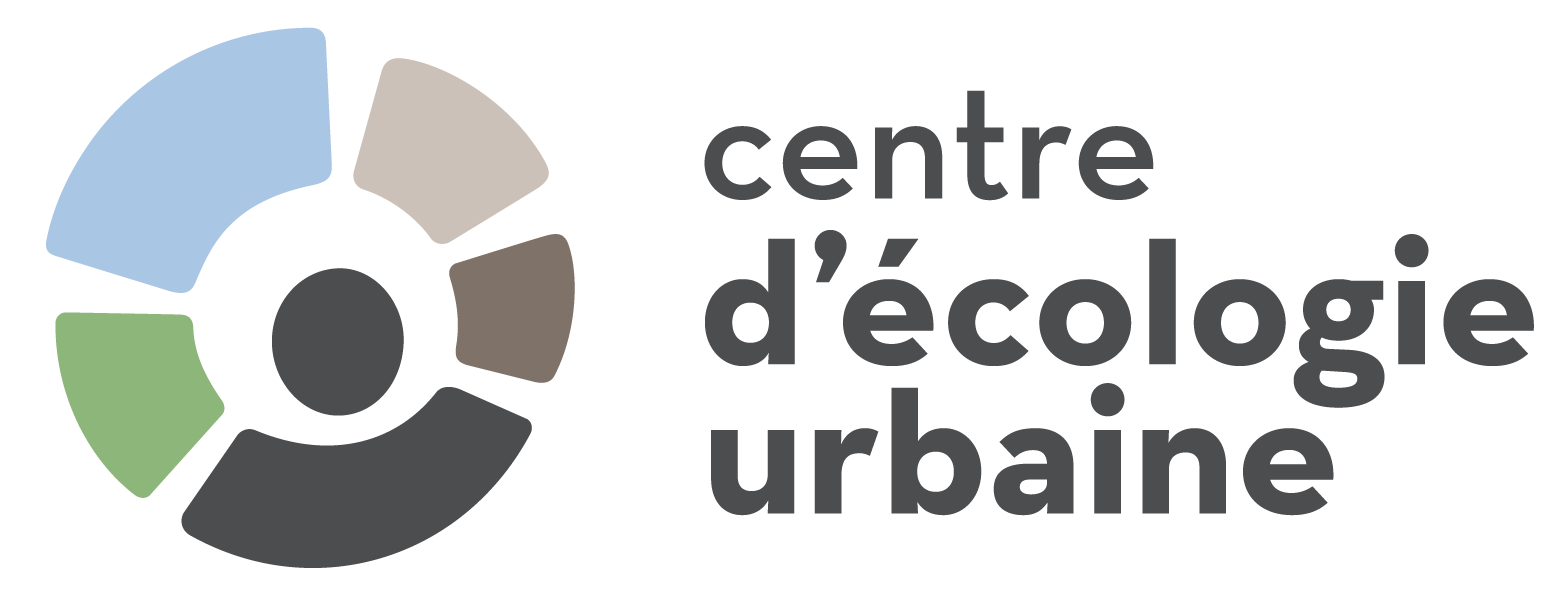
Moving, it's also stopping. How to study public life.
In Quebec, many policies and plans exist to improve mobility and advocate for a densification of our living environments. However our reading of the public space often focuses on technical aspects and related to safety and traffic. Various governmental, institutional and civil society actors, acting on different scales, agree that public spaces are a central element of the quality of urban life. Action in the public space deals with issues related to democratic life, mobility, social inclusion, culture, the fight against climate change, health, etc. Their eminently multidisciplinary character makes them an object of choice for approaches involving professionals from diverse backgrounds, local associations and citizens.
In order to contribute to the emergence of innovative practices such as transformation and co-management of public spaces, the MUEC, along with its partners, is leading the French translation of the book "How to Study Public Life" from Jan Gehl and Brigitte Svarre. Today we speak of cities on a human scale, in urban centers as well as in smaller municipalities. This expression is more and more used when talking about the planning of the city, but we see that there are very few tools to qualify the qualities of a space.
These tools and innovative methods of qualifying public spaces and living spaces appear as key elements of a process of transformation of public spaces. The results of these studies help to guide decision makers and designers in the development of public policy, strategies, development plans, animation programs, etc., contributing to the building of cities on a human scale.
In order to contribute to the emergence of innovative practices such as transformation and co-management of public spaces, the Montreal Urban Ecology Center will offer a range of tools to study:
- The use of public spaces and their potential to attract more people: activities, types of users, interactions, etc.
- The physical characteristics of a place contributing to its use: furniture, lighting, formal programming, facades
Tools and methods designed on the borderline of urban design and behavioral sociology, allow us to build a fine and multidisciplinary knowledge of public places and the way they are used. The results of these studies help to guide decision makers and designers in the development of public policy, strategies, development plans, animation programs, etc., contributing to the building of cities on a human scale. .
